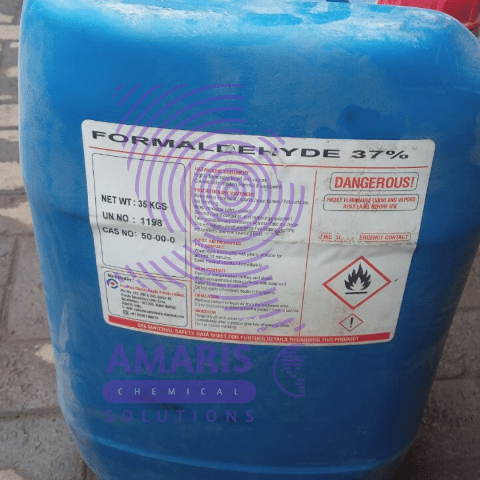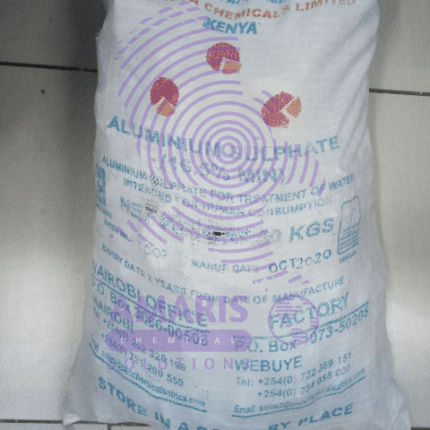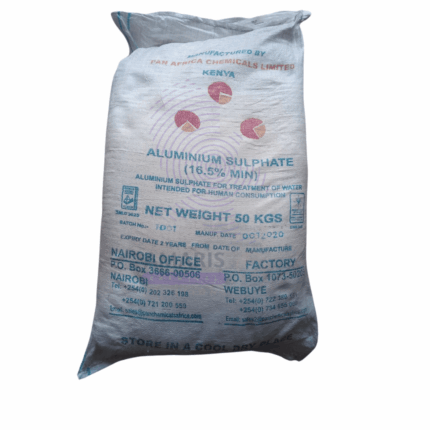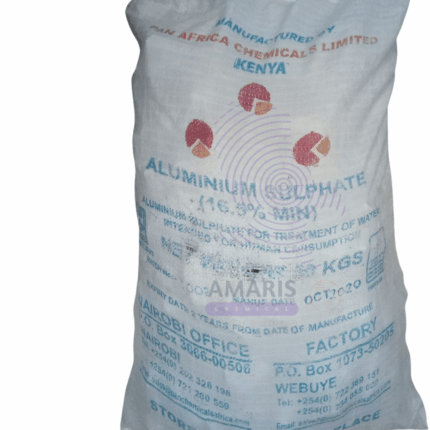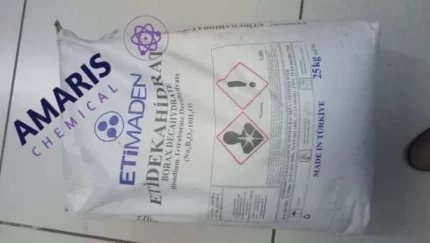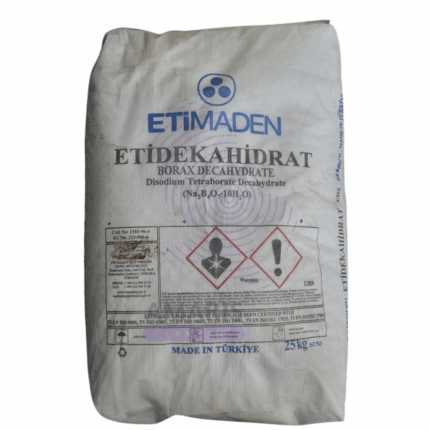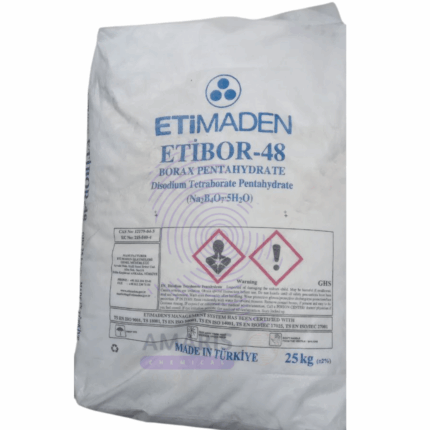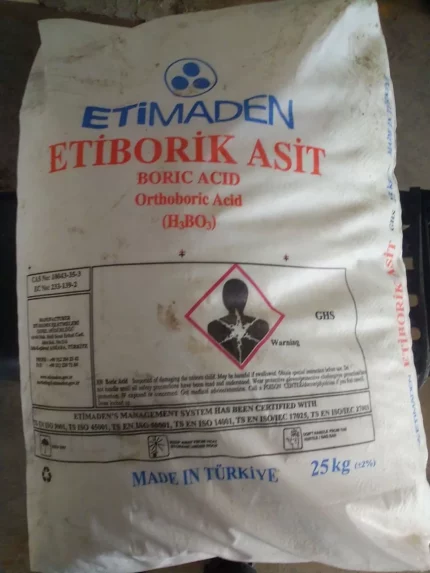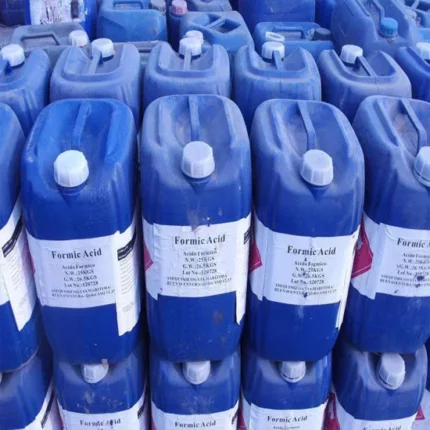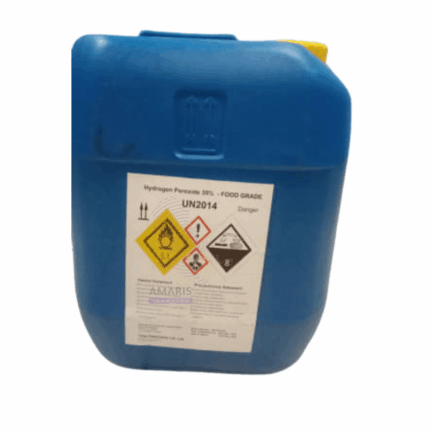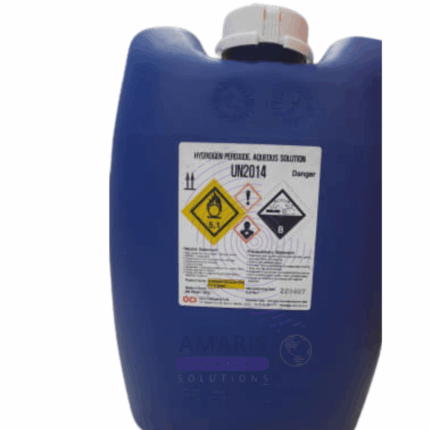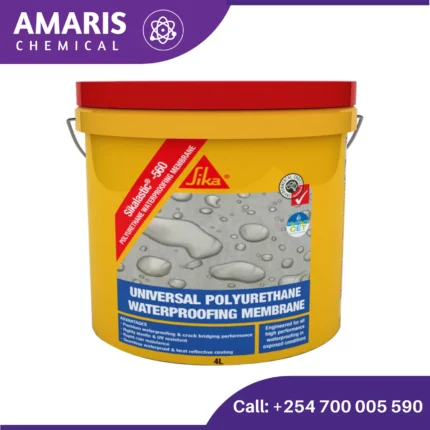

Formalin Formaldehyde
$7,000.00 Original price was: $7,000.00.$6,800.00Current price is: $6,800.00.
Formalin Formaldehyde is a colorless gas with a pungent odor, which is used as a disinfectant, preservative, and in the production of various materials and chemicals.
Formalin is a solution of formaldehyde gas in water, typically containing 37% formaldehyde by volume. It is commonly used as a tissue preservative in biological specimens for medical and research purposes. Formalin is also used in various industrial applications such as manufacturing plastics, resins, and textiles.
Formalin Formaldehyde Uses
Primary Uses of Formalin
1. Medical & Biological Applications
-
Tissue Preservation:
-
Used in anatomy labs and mortuaries to embalm and preserve biological specimens.
-
-
Histopathology:
-
Fixes tissues for microscopic examination (prevents decay and maintains cell structure).
-
-
Disinfection & Sterilization:
-
Kills bacteria, viruses, and fungi in medical equipment and surfaces.
-
2. Industrial Manufacturing
-
Resin Production:
-
Key component in urea-formaldehyde (UF) and phenol-formaldehyde (PF) resins (used in plywood, particleboard, and adhesives).
-
-
Textile Industry:
-
Improves wrinkle resistance in permanent-press fabrics.
-
3. Agriculture & Aquaculture
-
Fungicide & Pesticide:
-
Treats seeds and soil to prevent fungal infections.
-
-
Fish Disease Control:
-
Used in aquaculture to treat parasites and bacterial infections.
-
4. Cosmetics & Personal Care (Limited Use Due to Regulations)
-
Nail Hardener & Hair Straightening Products:
-
Strengthens nails and alters hair structure (now restricted in many countries).
-
Secondary Uses of Formalin
1. Photography & Film Development
-
Film Hardening Agent:
-
Prevents emulsion damage in black-and-white photo processing.
-
2. Fuel Additive
-
Formalin-Methanol Blends:
-
Used in some racing fuels for combustion enhancement.
-
3. Leather Tanning
-
Preserves and softens hides during processing.
4. Laboratory & Research
-
Chemical Reagent:
-
Used in organic synthesis (e.g., producing hexamine and pentaerythritol).
-
5. Household Products
-
Disinfectant Cleaners:
-
Found in some floor cleaners and sanitizers (diluted solutions).
-
| CONCENTRATION |
37% |
|---|---|
| AVAILABLE PACK SIZE |
35kg ( Metal or Plastic Jerrycan/ Bucket, Bag, Box, Polythene bag, Carton bag) |
| APPEARANCE |
Watery/Thin – Low viscosity e.g., ethanol |
| COUNTRIES OF ORIGIN |
INDIA |
1. Basic Identification Attributes
- Chemical Name: Formaldehyde (in aqueous solution)
- Common Names:
- Formalin
- Formol
- Methanal solution
- CAS Number:
- Formaldehyde: [50-00-0]
- Formalin (37% solution): [8006-54-0]
- HS Code: 2912.11.00 (Formaldehyde)
- Molecular Formula: CH₂O (formaldehyde), typically stabilized with 10-15% methanol
- Synonyms:
- Methyl aldehyde
- Formic aldehyde
- Oxomethane
2. Physical & Chemical Properties
- Physical State: Clear, colorless liquid
- Color & Odor: Pungent, suffocating odor
- Boiling Point:
- Formaldehyde gas: -19°C (-2°F)
- Formalin (37%): 96°C (205°F)
- Melting Point: -15°C (5°F) for 37% solution
- Density: 1.09 g/cm³ (37% solution at 25°C)
- Solubility:
- Completely miscible with water
- Soluble in alcohol, acetone
- pH Level: 2.5-4.5 (acidic)
- Vapor Pressure: 52 mmHg at 20°C (37% solution)
- Flash Point: 85°C (185°F) for 37% solution (methanol-stabilized)
3. Safety & Hazard Attributes
- Hazard Class (GHS):
- Acute toxicity (Category 3) - H301
- Skin corrosion (Category 1B) - H314
- Carcinogenicity (Category 1B) - H350
- Sensitization (Category 1) - H317
- NFPA Ratings:
- Health: 3
- Flammability: 2
- Reactivity: 0
- Exposure Limits:
- OSHA PEL: 0.75 ppm TWA
- ACGIH TLV: 0.3 ppm (Ceiling)
- Reactivity:
- Polymerizes exothermically above 35°C
- Reacts violently with strong oxidizers, acids, bases
4. Storage & Handling Attributes
- Storage Conditions:
- Store at 15-25°C in tightly sealed containers
- Keep away from heat and sunlight
- Maintain methanol content >10% to prevent polymerization
- Incompatible Materials:
- Ammonia, peroxides, strong acids/bases
- Metals (corrodes aluminum, copper, zinc)
- Container Type:
- Polyethylene or stainless steel 316
- Glass with phenolic resin-lined caps
- Shelf Life: 6-12 months when properly stored
- Special Handling:
- Use chemical-resistant gloves (butyl rubber)
- Full-face respirator for vapor protection
- Local exhaust ventilation required
5. Regulatory & Compliance Attributes
- Regulatory Status:
- EPA: Listed as hazardous air pollutant (HAP)
- EU: Restricted under REACH (Annex XVII)
- IARC: Group 1 carcinogen (known human carcinogen)
- Hazard Symbols:
- ☠️ (Skull and crossbones)
- ⚠️ (Corrosive)
- 🚫 (Health hazard)
- Transportation Restrictions:
- UN Number: UN2209 (formaldehyde solution)
- Packing Group: III
- Hazard Class: 8 (Corrosive)
- Waste Disposal:
- Neutralize with ammonia before disposal
- Incineration with scrubber recommended
6. Environmental & Health Impact
- Ecotoxicity:
- LC50 (fish): 5-50 mg/L (highly toxic)
- BOD₅: 0.6 g O₂/g (readily biodegradable)
- Persistence:
- Atmospheric half-life: 4-12 hours
- Aquatic half-life: 24-72 hours
- Human Health:
- Causes nasopharyngeal cancer (chronic exposure)
- Strong sensitizer (contact dermatitis)
- Eye damage (0.5 ppm irritation threshold)
Personal Protective Equipment (PPE)
- Gloves: Wear chemical-resistant gloves (nitrile or neoprene).
- Eye Protection: Use safety goggles or a face shield to prevent splashes.
- Respiratory Protection: Use a NIOSH-approved respirator (with organic vapor cartridges) if ventilation is inadequate or exposure limits are exceeded.
- Clothing: Wear a lab coat or chemical-resistant apron to avoid skin contact.
Handling & Storage
- Ventilation: Work in a well-ventilated area or under a fume hood.
- Avoid Inhalation: Do not breathe vapors or mist.
- No Open Flames: Formalin is flammable—keep away from heat, sparks, and open flames.
- Storage: Store in a cool, well-ventilated area in tightly sealed containers (preferably polyethylene or glass). Keep away from oxidizers and strong acids/bases.
- Labeling: Ensure containers are properly labeled with hazard warnings.
Spill & Leak Control
- Small Spills: Absorb with inert material (vermiculite, sand) and dispose of as hazardous waste.
- Large Spills: Evacuate the area and contact emergency responders.
Inhalation (Breathing Formaldehyde Vapors)
- Symptoms: Coughing, difficulty breathing, nausea, throat irritation.
- Action:
- Move to fresh air immediately.
- Administer oxygen if breathing is difficult.
- Seek medical attention if symptoms persist.
Skin Contact
- Symptoms: Redness, irritation, burns (with prolonged exposure).
- Action:
- Remove contaminated clothing.
- Wash skin with soap and water for at least 15 minutes.
- Seek medical help if irritation or burns occur.
Eye Contact
- Symptoms: Redness, pain, blurred vision, severe irritation.
- Action:
- Rinse eyes with lukewarm water for at least 15 minutes (use eyewash station).
- Seek immediate medical attention.
Ingestion (Swallowing Formalin)
- Symptoms: Burning sensation in mouth/throat, nausea, vomiting, abdominal pain.
- Action:
- Do NOT induce vomiting(risk of aspiration).
- Rinse mouth with water.
- Drink milk or water to dilute (if conscious).
- Seek emergency medical help immediately.
Flammability
- Formalin (37% formaldehyde in water) is flammablewhen exposed to heat or flames.
- Vapors can form explosive mixtures with air.
Extinguishing Methods
- Small Fires: Use dry chemical powder, CO₂, or alcohol-resistant foam.
- Large Fires: Use water spray, fog, or foam to cool containers and prevent vapor spread.
Firefighter Protection
- Wear self-contained breathing apparatus (SCBA)and full protective gear.
- Avoid inhaling fumes or combustion products (formaldehyde decomposes into toxic gases like carbon monoxide).
Special Hazards
- Formaldehyde vapors are heavier than air—may accumulate in low areas.
- Contain runoff water to prevent environmental contamination.



 LABORATORY EQUIPMENT & APPARATUS
LABORATORY EQUIPMENT & APPARATUS
 Fertilizers
Fertilizers Plant Growth Regulators
Plant Growth Regulators Soil Conditioners
Soil Conditioners Animal Feed Additives
Animal Feed Additives Biostimulants
Biostimulants Dough Conditioners
Dough Conditioners Flour Treatments
Flour Treatments Fat Replacers
Fat Replacers Preservatives (baking)
Preservatives (baking)
 Surfactants (cleaning)
Surfactants (cleaning) Builders
Builders Bleaching Agents
Bleaching Agents Enzymes
Enzymes Solvents (cleaning)
Solvents (cleaning) Fragrances
Fragrances

